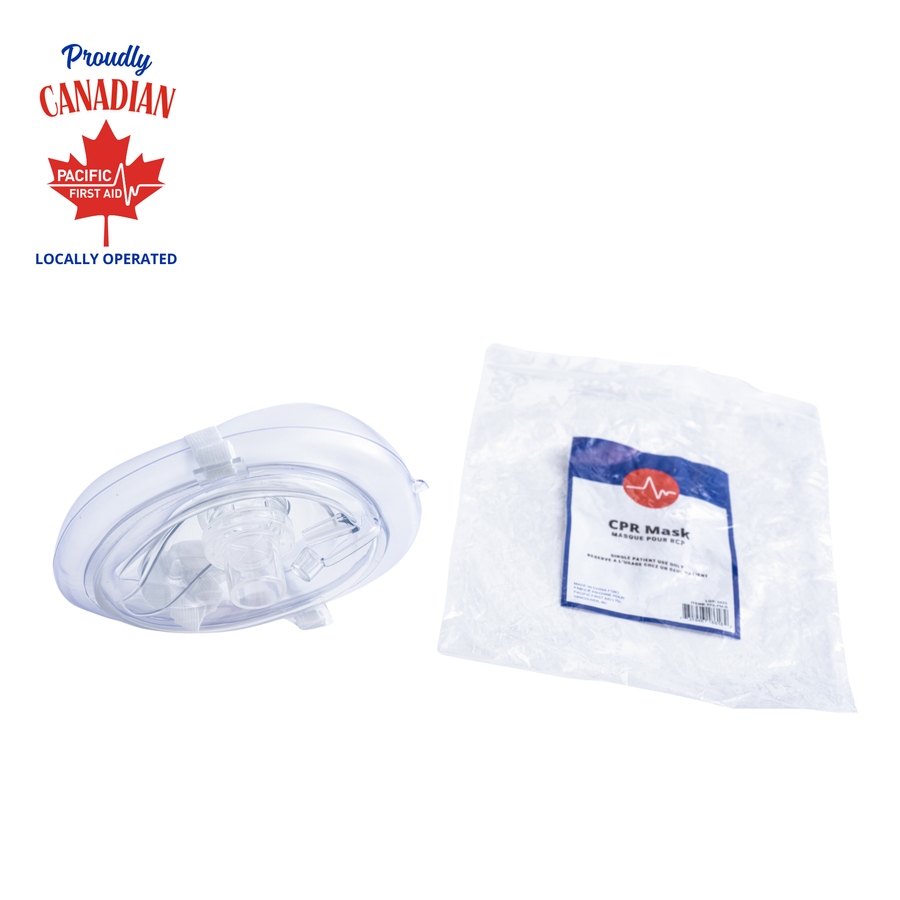
Australian scientists discover how to fight Bacillus cereus bacteria
Photo Credit: CDC
Researchers at the Australian National University (ANU) have uncovered how Bacillus cereus works and how to combat it.
The team found out how the bacteria interacts with the immune system, discovered how it sustains itself and how symptoms might be treated. The work was published in the Nature Microbiology journal.
Lead researcher Anukriti Mathur, from the John Curtin School of Medical Research (JCMSR) at ANU, said the discovery has the potential to save lives when treating bacterial infections such as serious food poisoning.
Bacillus cereus produces toxins that cause vomiting and diarrhea. Symptoms are generally mild and short-lived at up to 24 hours. It causes two types of foodborne illness – vomiting and diarrheal syndromes. Bacillus cereus food poisoning is not a notifiable disease in Australia and New Zealand.
Meat, milk, vegetables and fish are food types associated with the diarrheal syndrome. It will grow in these foods if they are stored at the wrong temperature. Mathur found the bacteria has an ability to secrete toxins in contaminated food. When toxins are consumed they attack cells in the body which causes vomiting and diarrhea.
“We knew the toxin would have to attack the cells, triggering an immune reaction, but we now know how it does it,” she said.
“We discovered the toxin directly binds to the cell and punches holes to kill the cell, the immune system responds to the infection and has a reaction. Because we now know how the bacteria and the toxins work, we can fight it and find ways to use the immune system against it.”
Researchers said the discovery will help in understanding and treating serious cases of food poisoning.
“This research could help patients with a compromised immune system. We might be able to save patients by weakening the toxin, or in the case of sepsis, dampening inflammatory responses. It also means we have therapeutic drug options to further support antibiotic therapies, especially in the face of rising antibiotic resistance,” said Mathur.
The team identified a multicomponent enterotoxin, haemolysin BL (HBL), which engages activation of the inflammasome. Results revealed that cytosolic sensing of a toxin is central to the innate immune recognition of infection.
Si Ming Man, ANU group leader of the research, said prevention is better than cure.
“It is important for us to wash our hands properly and prepare food according to safety guidelines. Always cook or re-heat food properly. Bacteria may have landed on it and start secreting toxins in your food. Heating your left-over food properly will destroy most bacteria and their toxins.”
One of the authors on the paper, Ines I. Atmosukarto, is director of Lipotek, a niche biotech company with a focus on liposome technology. Another author, Jason D. Price, is a shareholder of this company. Avril A. B. Robertson is a named inventor on two inflammasome inhibitor patents. All other authors have no competing interests.
Sourced from: Traincan
For more first aid news, food safety news, food safety training, first aid training, first aid supplies and more visit us at: Pacificfirstaid.ca







